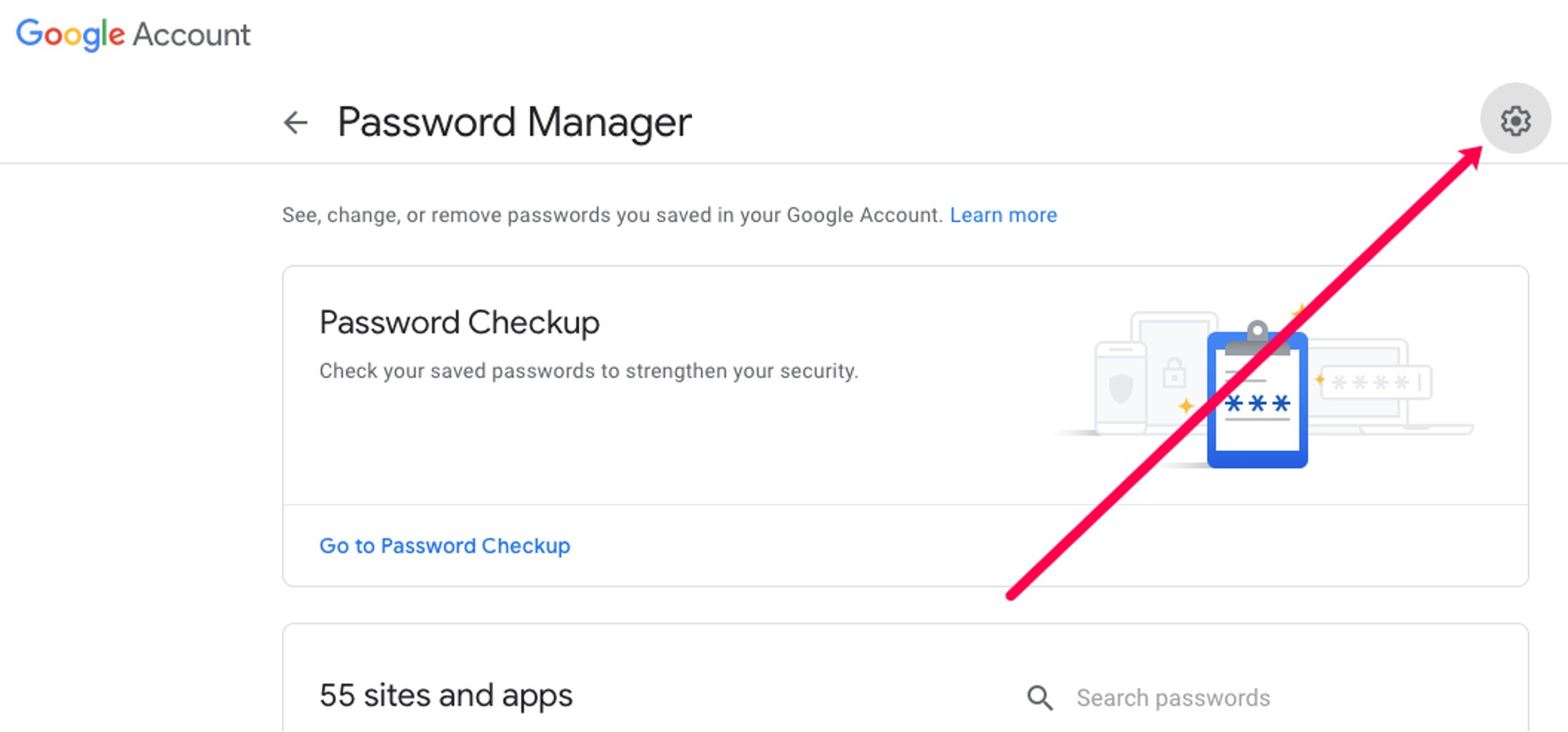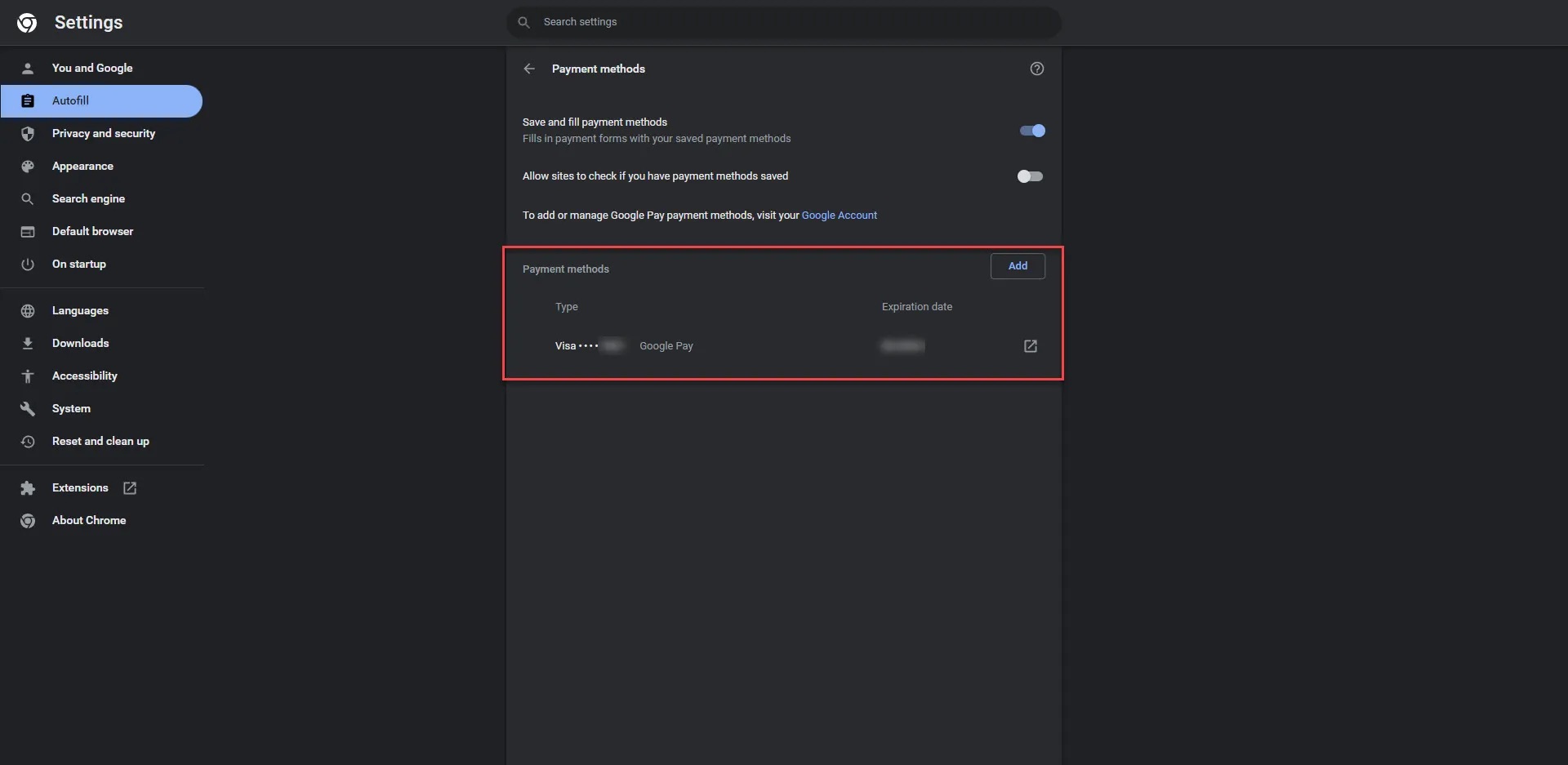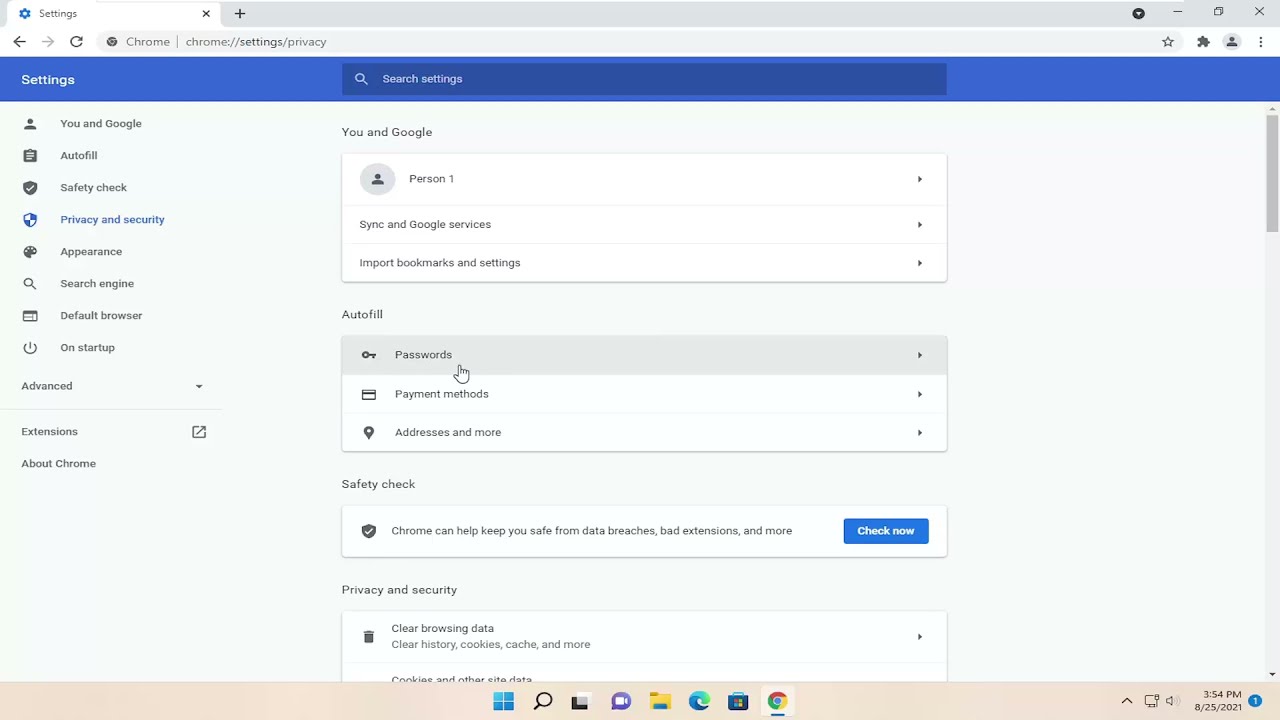Introduction
Google Chrome is one of the most popular web browsers, known for its user-friendly interface and a wide range of features designed to enhance the browsing experience. One such feature is the ability to save passwords for various websites, allowing users to conveniently log in without having to remember or manually enter their credentials each time. While this can be a time-saving convenience, there are instances where users may want to remove saved passwords from Google Chrome for security or privacy reasons.
Whether you're looking to clean up your saved passwords, troubleshoot login issues, or simply enhance your online security, knowing how to remove passwords from Google Chrome is a valuable skill. In this article, we will explore multiple methods to achieve this, providing you with the knowledge and tools to manage your saved passwords effectively.
By understanding the step-by-step processes involved in removing saved passwords and disabling the password-saving feature, you can take control of your browsing experience and ensure that your sensitive information remains secure. Additionally, we will delve into the Chrome settings that allow you to manage your passwords and make informed decisions about your online security.
With the guidance provided in this article, you will gain a deeper understanding of Google Chrome's password management capabilities and learn how to tailor them to your specific needs. Whether you're a casual user seeking to streamline your browsing experience or a security-conscious individual looking to safeguard your online accounts, the methods outlined here will empower you to navigate the intricacies of password management within Google Chrome.
Method 1: Removing Saved Passwords
Removing saved passwords from Google Chrome is a straightforward process that allows you to declutter your saved credentials and maintain control over your browsing security. Whether you're looking to clean up outdated or unused passwords or simply want to ensure that your sensitive information is managed responsibly, the following steps will guide you through the process.
-
Accessing Chrome Settings: To begin, open Google Chrome on your computer and click on the three-dot menu icon located in the top-right corner of the browser window. From the dropdown menu, select "Settings" to access the browser's configuration options.
-
Navigating to Passwords: Within the Settings menu, scroll down and click on "Passwords" under the "Autofill" section. This will direct you to the Passwords page, where you can view and manage all the saved passwords associated with your Chrome browser.
-
Viewing Saved Passwords: On the Passwords page, you will see a list of websites for which Chrome has saved your login credentials. Each entry will display the website's URL, your username or email associated with the account, and an option to reveal the saved password.
-
Removing Saved Passwords: To remove a saved password, simply locate the entry for the respective website and click on the three-dot menu icon next to it. From the dropdown menu, select "Remove" to delete the saved password from Chrome's storage.
-
Confirming Removal: Upon selecting "Remove," Chrome will prompt you to confirm the deletion of the saved password. Verify your decision by clicking "Remove" in the confirmation dialog box.
-
Repeat as Needed: Follow the same process for each website for which you wish to remove saved passwords. This allows you to selectively manage your saved credentials based on your preferences and security considerations.
By following these steps, you can effectively remove saved passwords from Google Chrome, ensuring that your password manager reflects your current security needs and preferences. This method provides a convenient way to declutter your saved passwords and maintain a streamlined and secure browsing experience.
Method 2: Disabling Password Saving Feature
Disabling the password saving feature in Google Chrome is a proactive approach to managing your browsing security and privacy. By turning off this feature, you can prevent Chrome from storing your login credentials for various websites, providing you with greater control over your sensitive information. Whether you prefer to rely on alternative password management solutions or simply want to minimize the digital footprint of your browsing activity, disabling the password saving feature can be a strategic decision. Here's how you can accomplish this within the Chrome browser:
-
Accessing Chrome Settings: Begin by opening Google Chrome on your computer and clicking on the three-dot menu icon in the top-right corner of the browser window. From the dropdown menu, select "Settings" to access the browser's configuration options.
-
Navigating to Autofill Settings: Within the Settings menu, locate and click on "Autofill" in the left-hand navigation pane. This will reveal the Autofill settings, which encompass various forms of automatic data entry, including passwords.
-
Disabling Password Saving: Under the Autofill settings, locate the "Passwords" option and toggle off the switch next to "Offer to save passwords." This action effectively disables Chrome's ability to prompt you to save passwords for future logins.
-
Confirming Changes: Once you have disabled the password saving feature, Chrome will no longer offer to save passwords when you log in to websites. This ensures that your login credentials are not stored within the browser's password manager.
By following these steps, you can disable the password saving feature in Google Chrome, empowering you to take a proactive stance in managing your online security and privacy. This method provides a straightforward way to customize your browser's behavior according to your preferences, allowing you to align Chrome's features with your individual security practices. Whether you opt to rely on external password managers or prefer a more manual approach to managing your login credentials, disabling the password saving feature grants you the autonomy to shape your browsing experience in line with your security objectives.
Method 3: Using Chrome Settings
Utilizing Chrome's built-in settings provides a comprehensive approach to managing saved passwords and fine-tuning the browser's password management capabilities. By navigating through the settings, users can gain deeper insights into their saved credentials, make informed decisions about password storage, and customize their browsing experience to align with their security preferences. Here's a detailed exploration of how to leverage Chrome settings for effective password management:
Accessing Chrome Settings
To begin, launch Google Chrome on your computer and click on the three-dot menu icon located in the top-right corner of the browser window. From the dropdown menu, select "Settings" to access the browser's configuration options. This action opens a window where users can explore and customize various aspects of the browser's functionality.
Managing Saved Passwords
Within the Settings menu, users can navigate to the "Passwords" section, typically found under the "Autofill" category. This section provides a centralized view of all the saved passwords associated with the Chrome browser. By clicking on "Passwords," users can access a comprehensive list of websites for which Chrome has stored login credentials, along with the corresponding usernames or email addresses.
Reviewing and Editing Saved Passwords
Upon accessing the list of saved passwords, users have the option to review, edit, or remove individual entries. This level of granular control allows users to assess the stored credentials, make necessary updates, or remove outdated or unwanted passwords. By clicking on a specific entry, users can view the associated website URL, username, and the option to reveal the saved password.
Managing Password Auto Sign-In
Chrome settings also provide the ability to manage the auto sign-in feature, which allows the browser to automatically log in to websites using the saved credentials. Users can toggle this feature on or off based on their preferences, granting them control over the browser's behavior when accessing saved websites.
Customizing Password Management Preferences
In addition to managing individual saved passwords, Chrome settings offer customization options for password management preferences. Users can configure settings related to password generation, synchronization across devices, and the overall behavior of the password manager, allowing for a tailored approach to password security and convenience.
By leveraging Chrome settings, users can gain a comprehensive understanding of their saved passwords, exercise precise control over their password management preferences, and customize the browser's behavior to align with their security and convenience requirements. This method empowers users to navigate the intricacies of password management within Google Chrome, ensuring that their browsing experience is tailored to their individual needs and preferences.
Conclusion
In conclusion, understanding how to remove passwords from Google Chrome is a valuable skill that empowers users to take control of their browsing security and privacy. By exploring the methods outlined in this article, individuals can effectively manage their saved passwords, tailor Chrome's password-saving behavior to their preferences, and make informed decisions about their online security practices.
The ability to remove saved passwords from Google Chrome provides users with a streamlined approach to decluttering their password manager, ensuring that only relevant and current credentials are stored within the browser. This process allows for a proactive approach to managing online security, enabling users to maintain a tidy and secure repository of saved passwords.
Furthermore, the option to disable the password saving feature within Chrome presents a strategic choice for individuals seeking greater autonomy over their password management practices. By turning off this feature, users can align their browsing experience with their preferred security practices, whether they opt for alternative password management solutions or prefer a more manual approach to handling their login credentials.
Additionally, leveraging Chrome's built-in settings for password management offers a comprehensive and customizable approach to overseeing saved passwords and fine-tuning the browser's password management capabilities. This method empowers users to gain deeper insights into their saved credentials, make informed decisions about password storage, and customize their browsing experience to align with their security preferences.
By combining these methods, users can navigate the intricacies of password management within Google Chrome, ensuring that their browsing experience is tailored to their individual needs and preferences. Whether it's decluttering saved passwords, disabling the password saving feature, or customizing password management preferences, the methods presented in this article equip users with the knowledge and tools to maintain a secure and efficient browsing experience.
In essence, the ability to remove passwords from Google Chrome and customize password management settings provides users with the autonomy to shape their browsing security according to their unique requirements. By embracing these methods, individuals can navigate the digital landscape with confidence, knowing that their sensitive information is managed responsibly and securely within the Chrome browser.

























